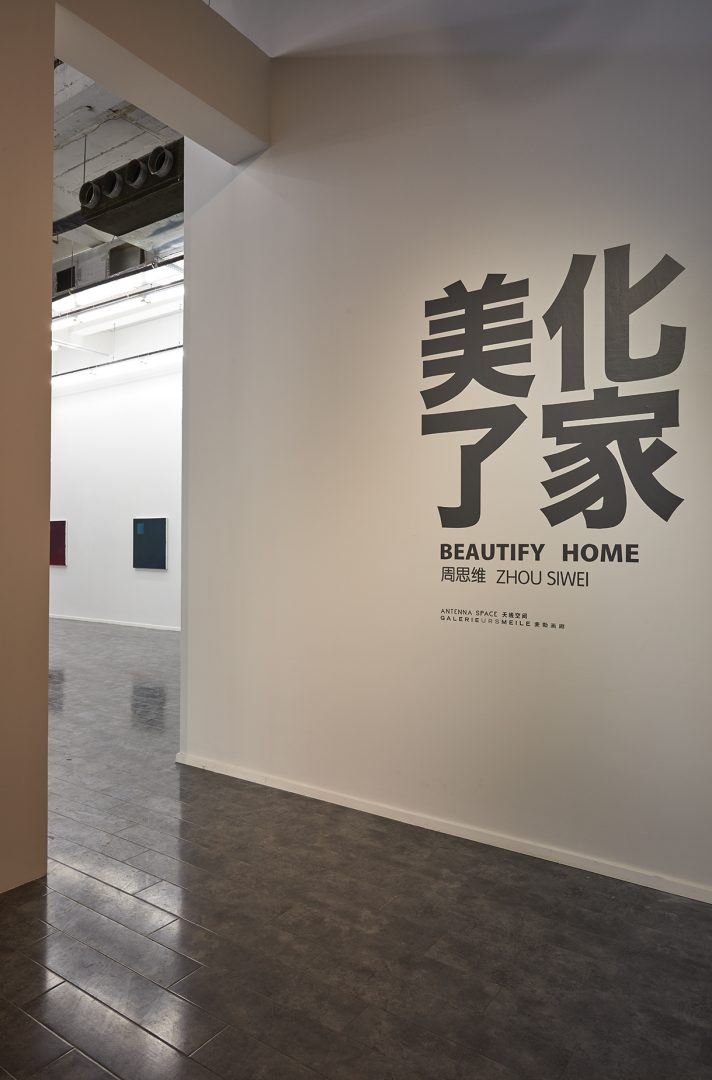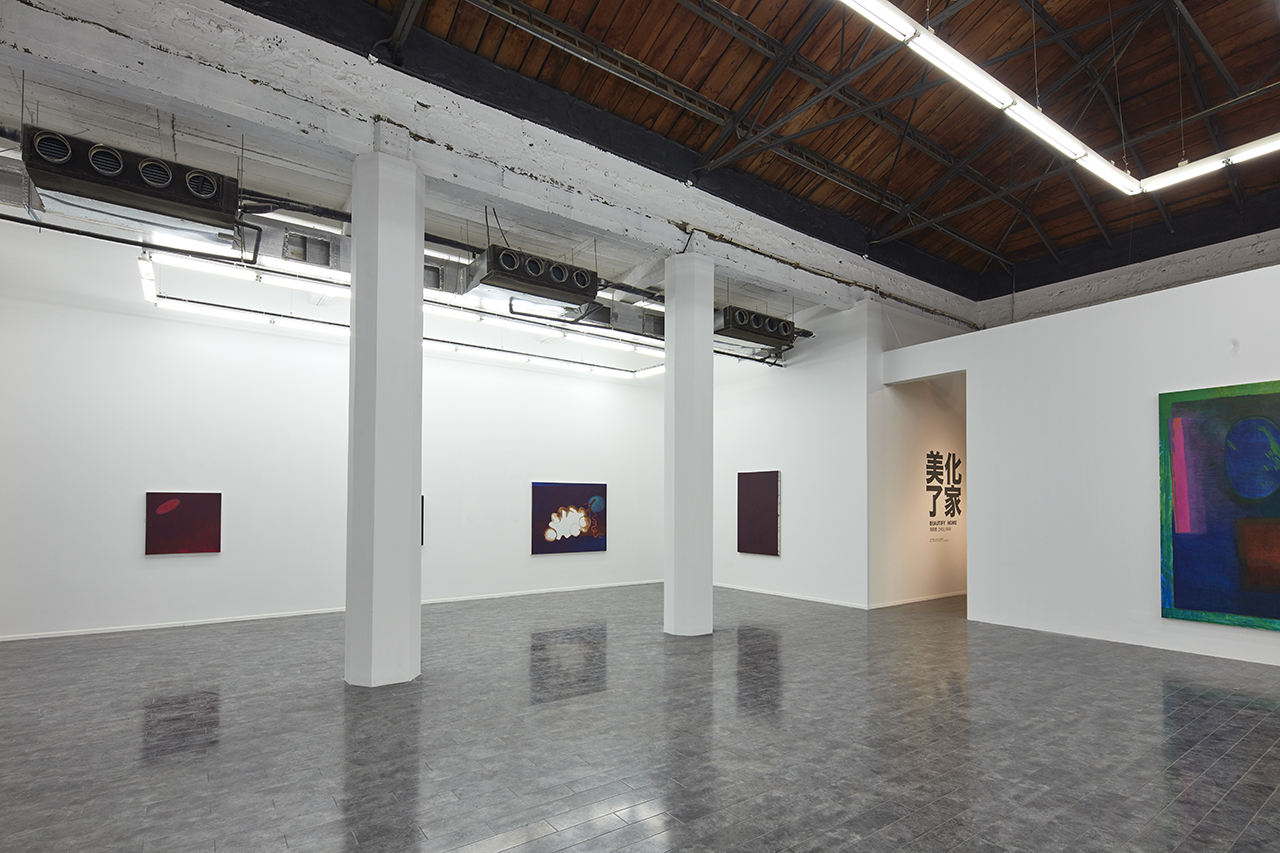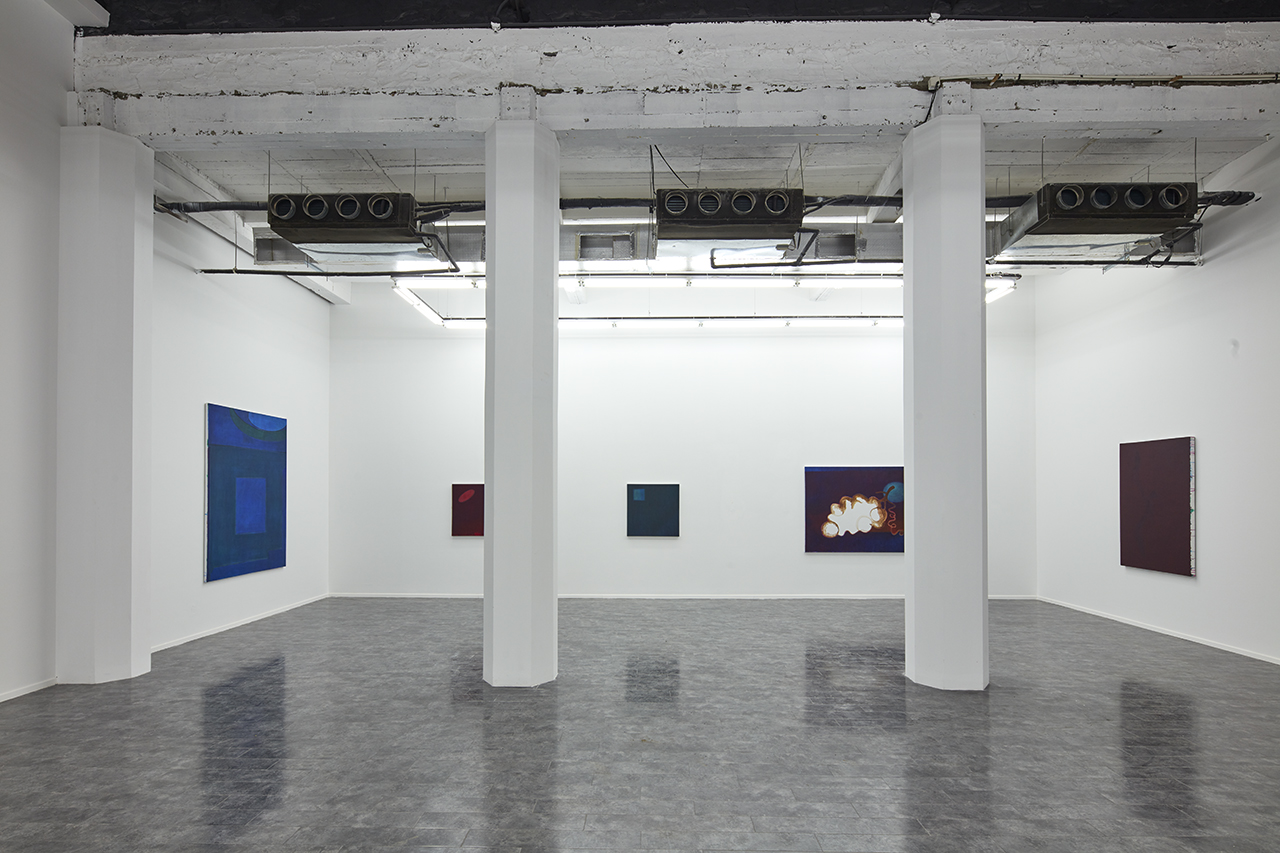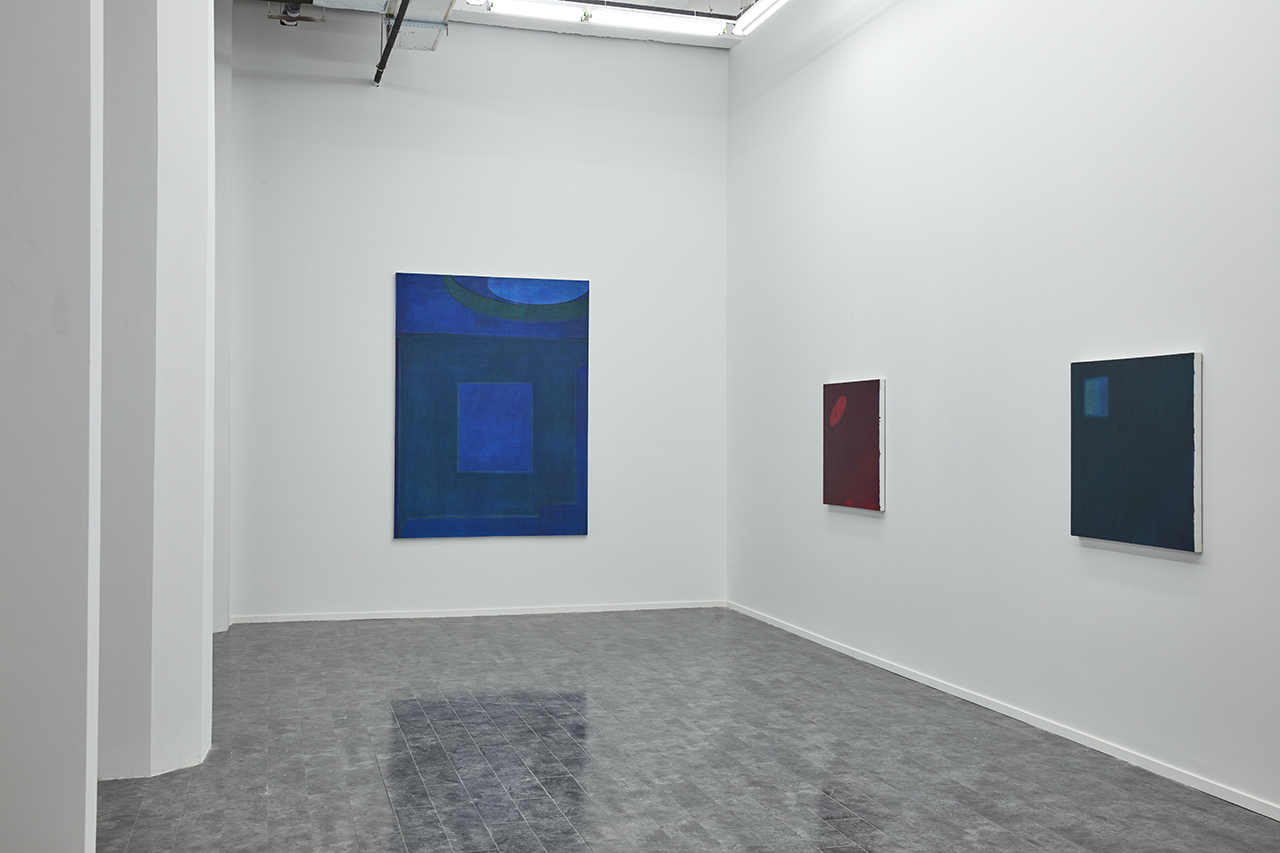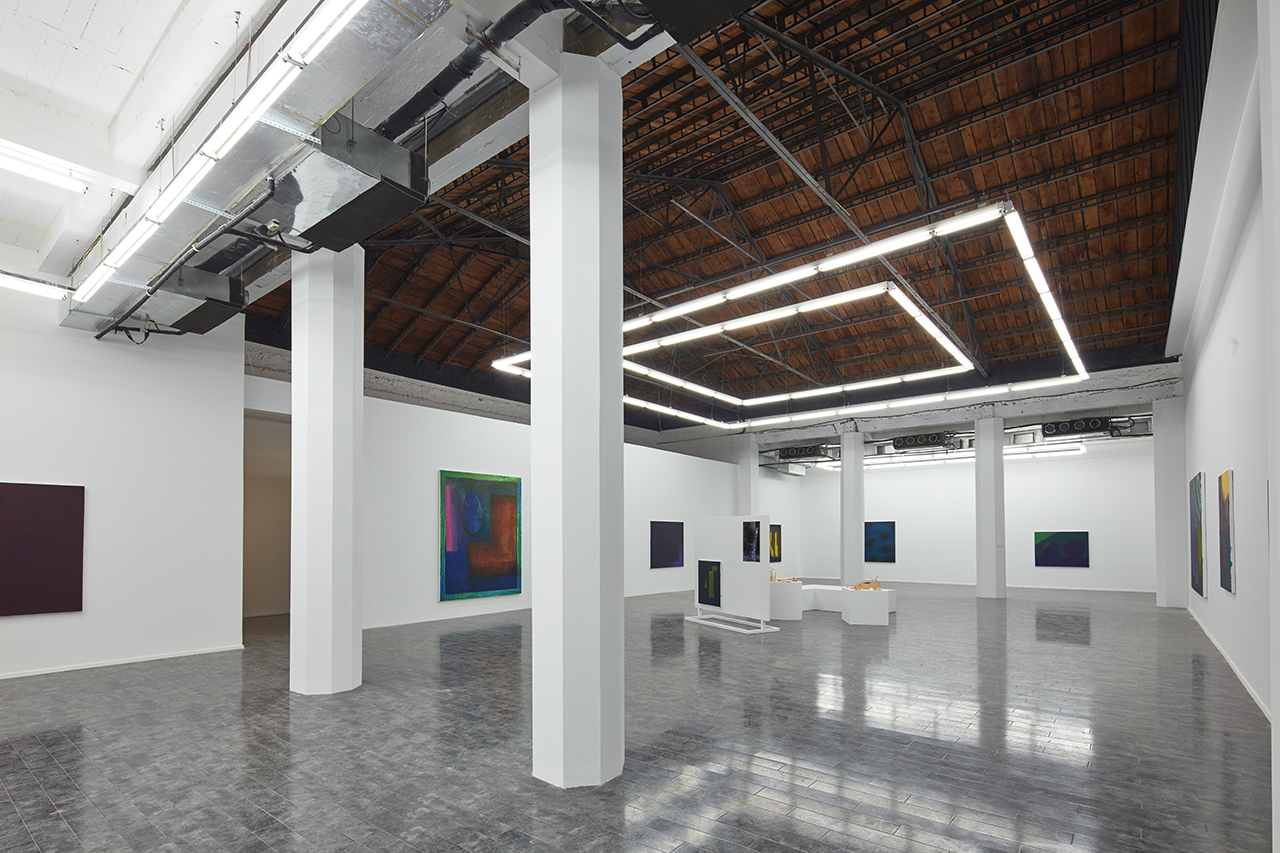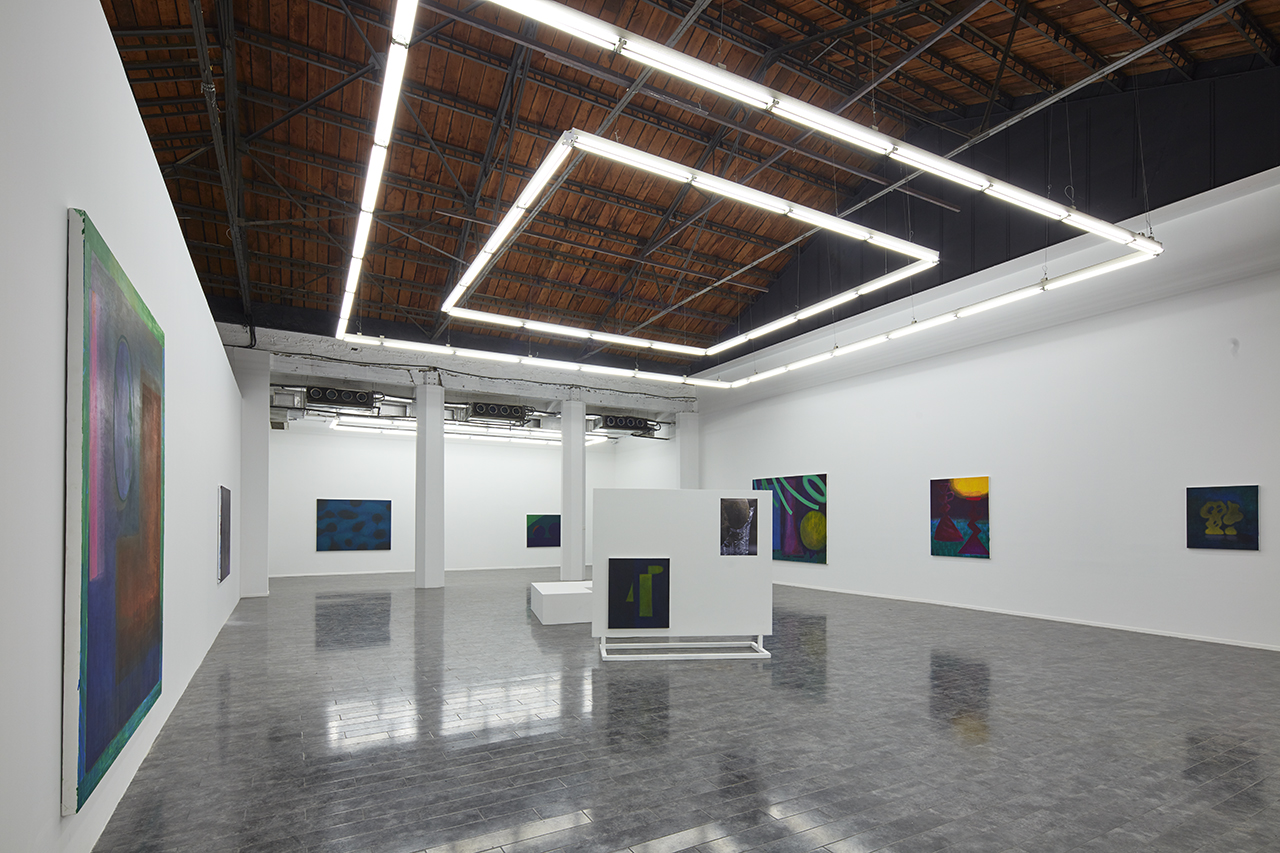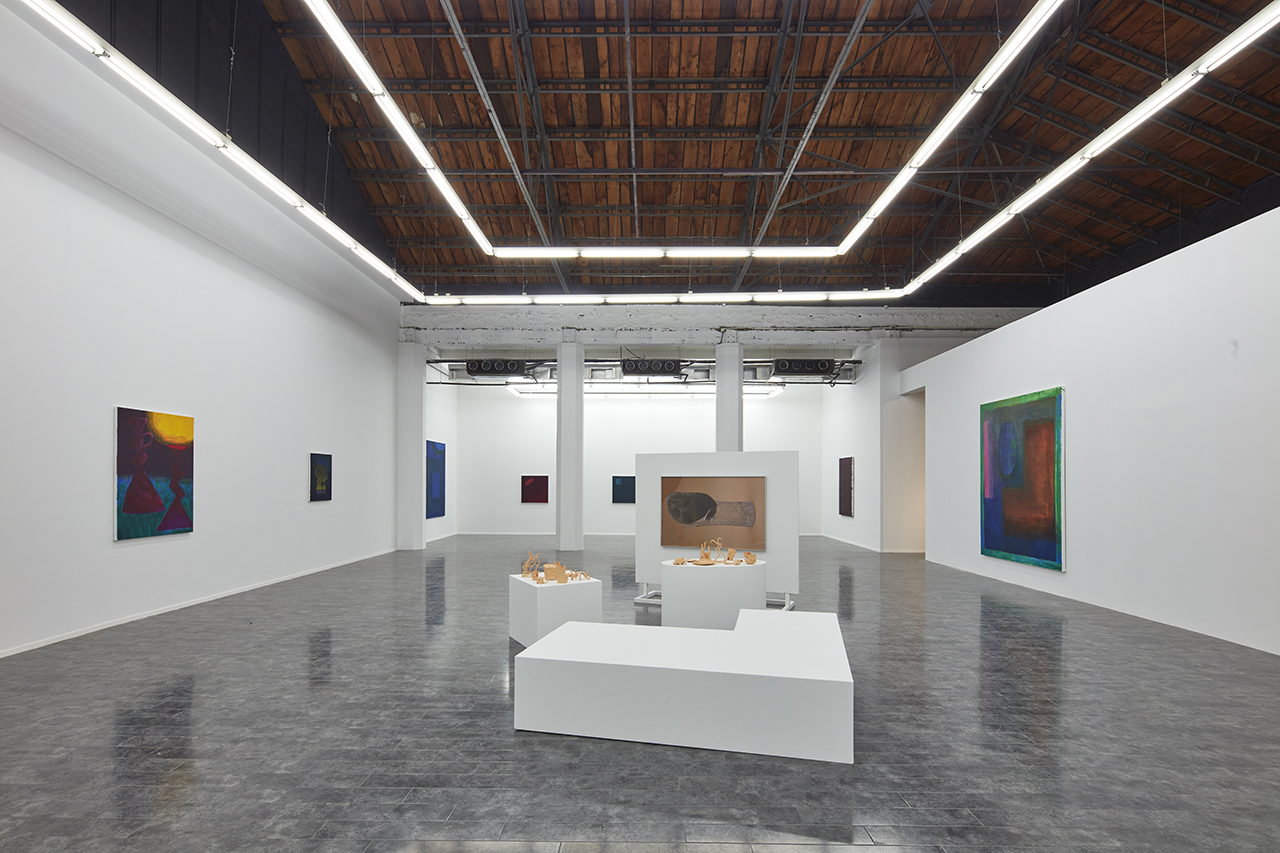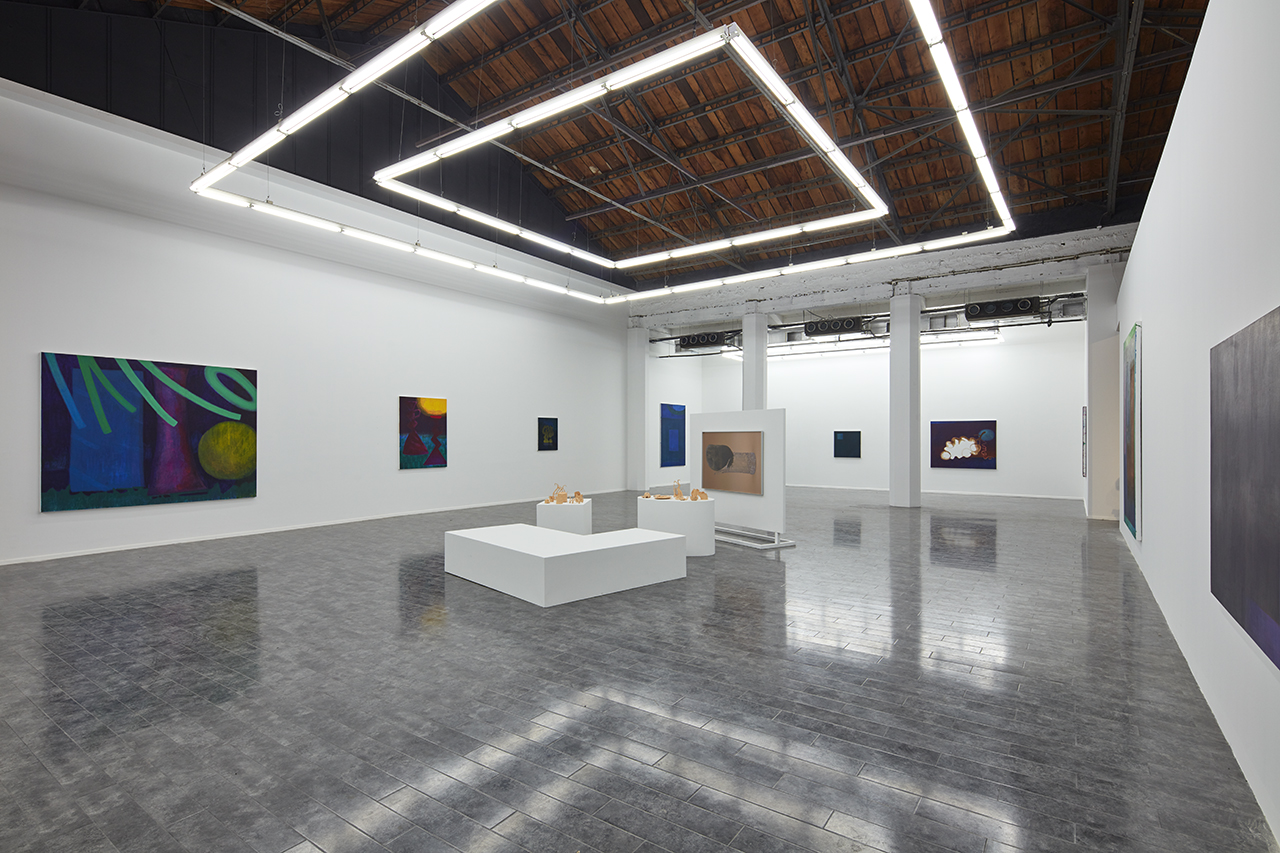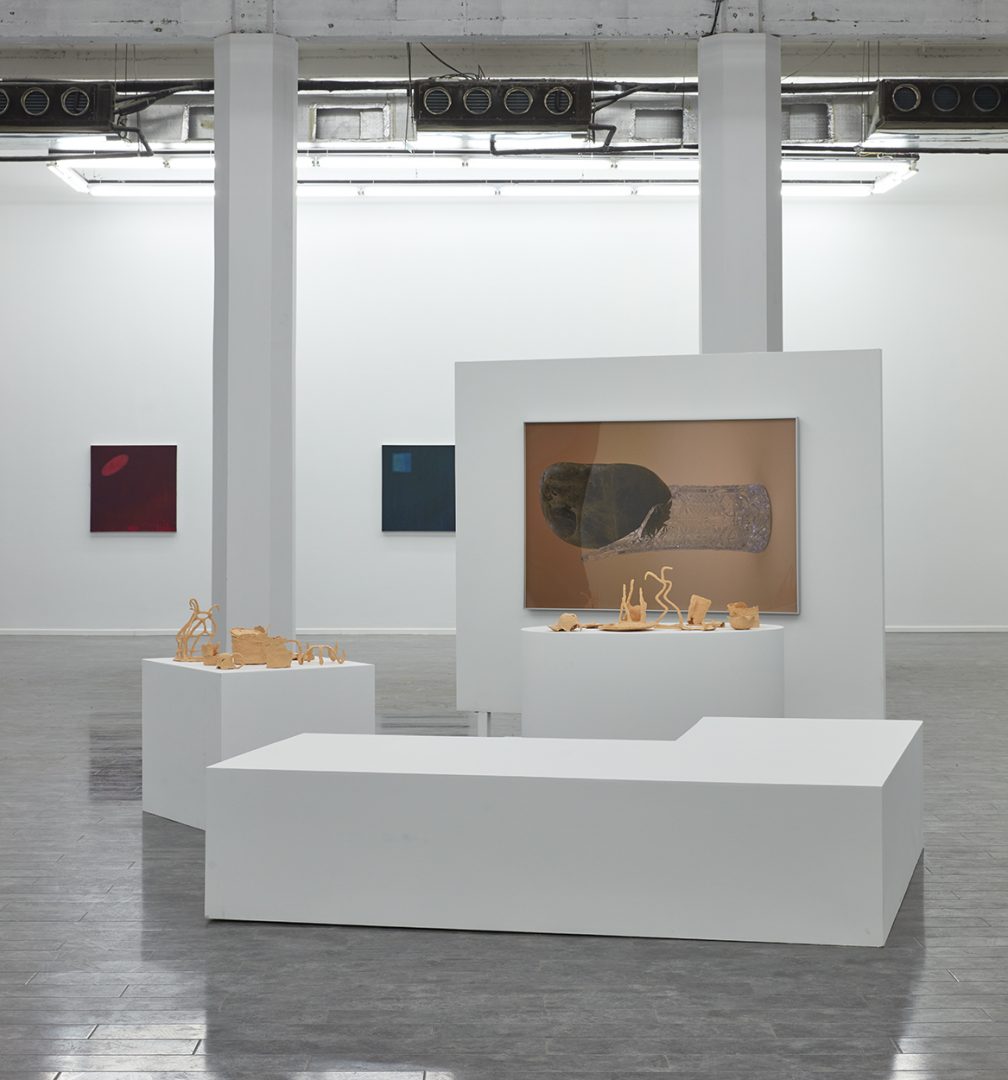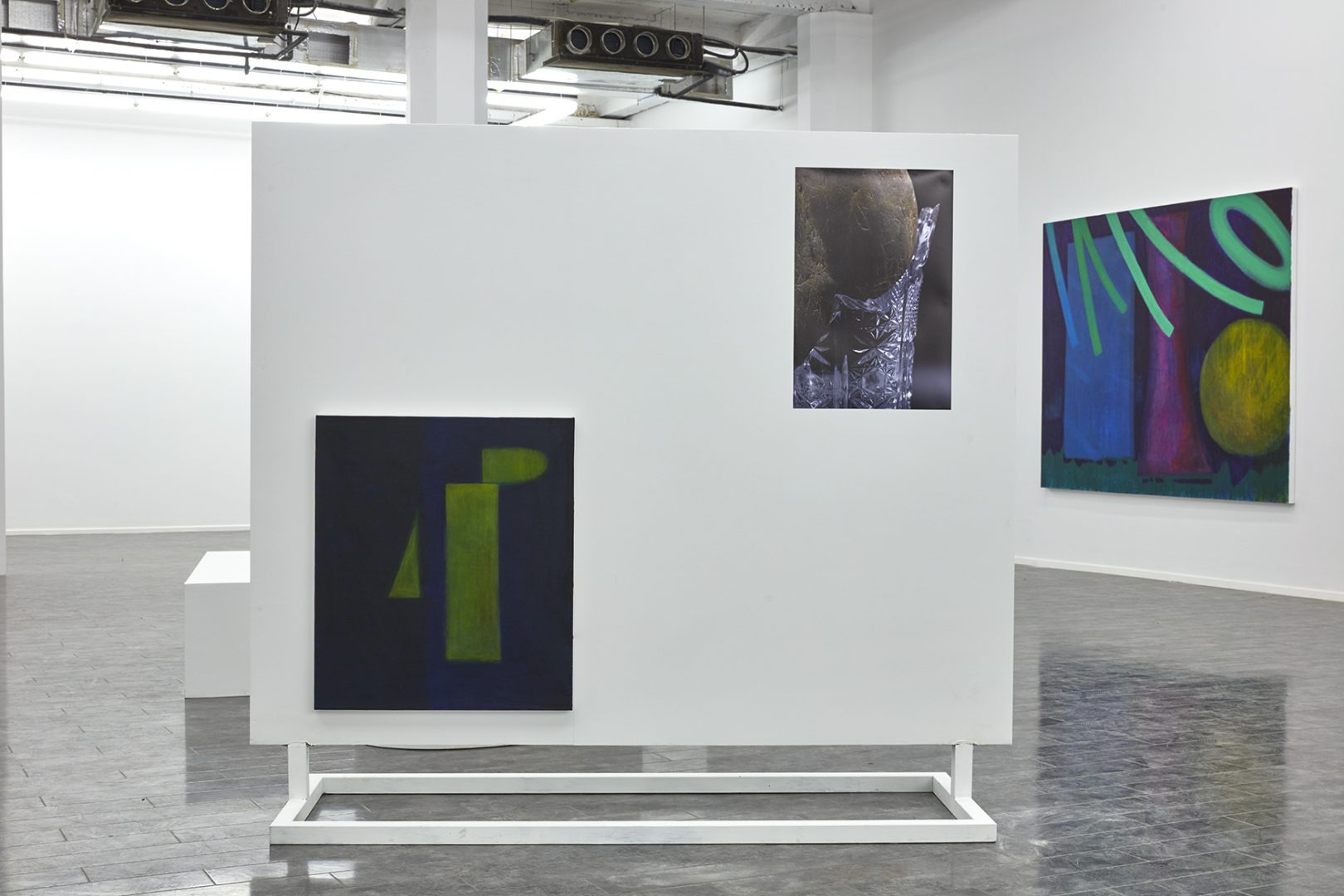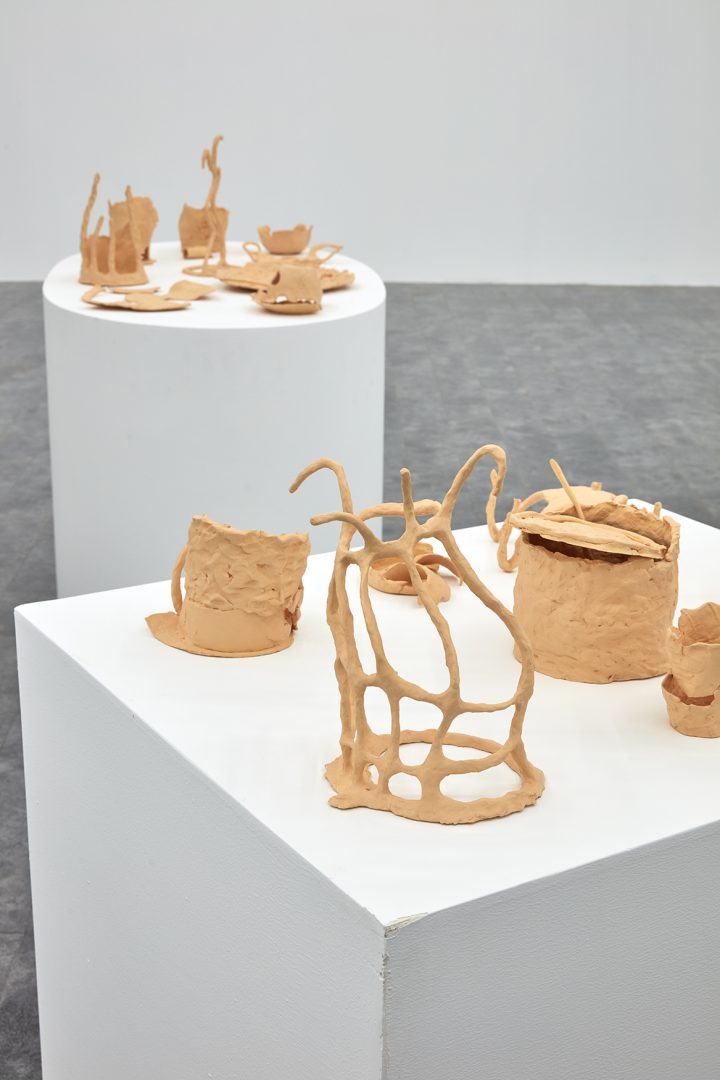2017.03.04 – 2017.04.04
Zhou Siwei:Beautify Home
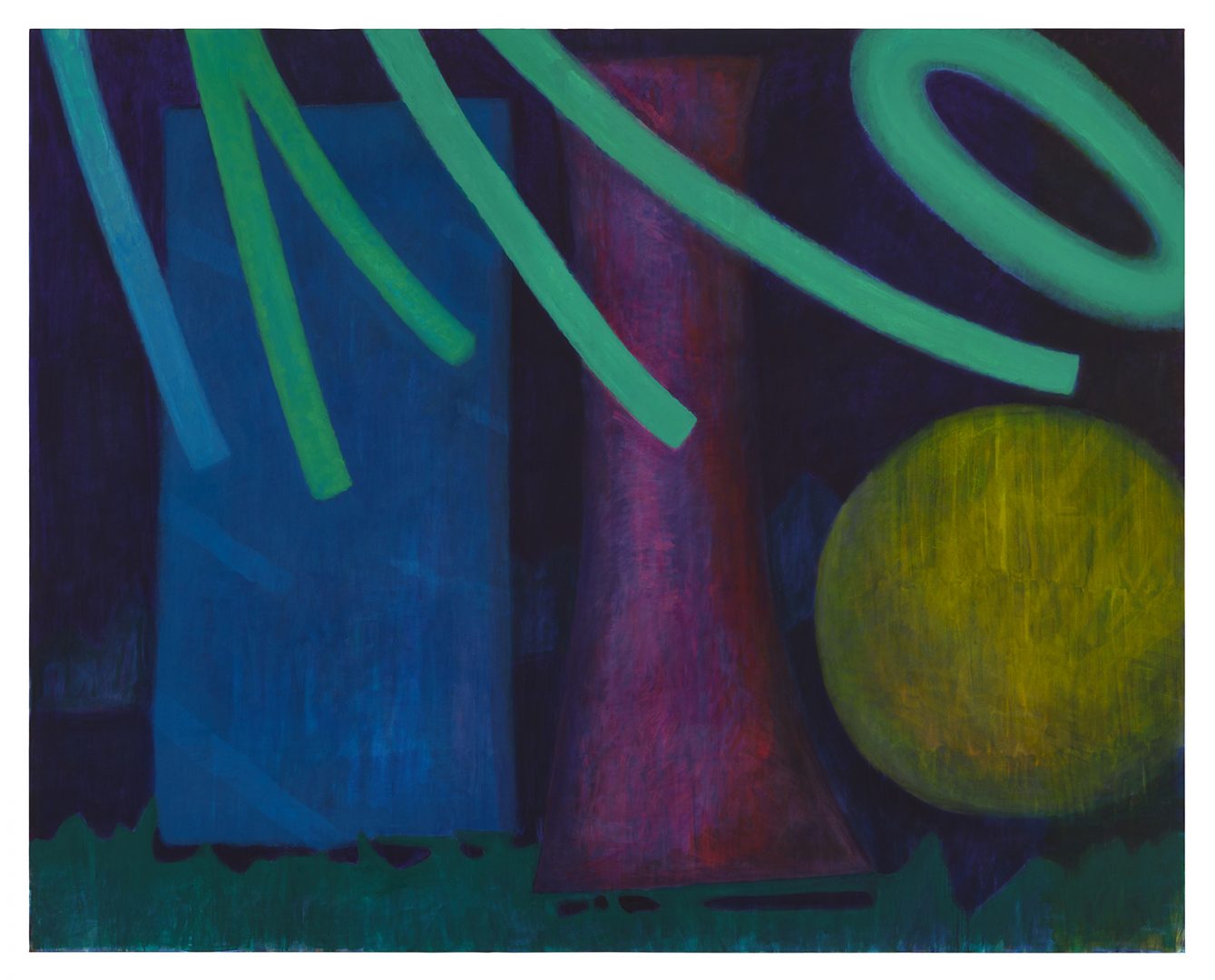
The images in Zhou Siwei’s works are forms of “image beings”, or to be more precise, he spares no effort in eliciting the actuality of the images, while circumventing the “imaginative” aspect as much as possible. It became gradually clear for him to choose only non-photographic, non-cinematic images, which are mostly ready-made, everyday shapes and graphics. Designed ‘anonymously’, these objects and their ubiquity have been stripped of their original context and transformed into some kind of formulae of images, some kind of idiom without any specific meaning, and are often merely used as fillers. For Zhou Siwei, these images lack not only the power of visual representation, but also any semantic potential. They are nothing but “images”. As such, they make excellent subjects to paint as it grants its viewers room to firmly grasp the medium and the act of painting itself.
The exhibition Beautify Home was launched collectively by Galerie Urs Meile and Antenna Space. The show will exhibit a series of paintings, sculptures and photographs. By a chance encounter, Zhou Siwei once saw his mother make a simple assemblage using a broken vase and some cobblestones she had picked up, and displayed the outcome at a noticeable spot in their home. This simple gesture and the outcome of the work on display engendered a peculiar aesthetic “power”, inspiring him to create a series of related works using shapes, colours and ideas in an attempt to emulate this “power”. Zhou Siwei’s concern for society’s general aesthetic situation is based on the transition from depicting the “real” in his paintings towards the “reality” of common experience. Correspondingly, Zhou Siwei’s works demonstrate a stance on aesthetic research: he’s not overly concerned with what today’s “reality” is, but rather with the question: under what emotional state is “reality” in – especially one that’s long been conditioned by the aesthetics it’s produced?
Certainly, it’s not to say there aren’t any traces of representation in Zhou Siwei’s works. Apart from the various prototype images, hints of space, light and shadows occasionally appear in the paintings. He is always vigilant against the type of representation found in sketches, tenaciously rejecting the use of black, especially white, because black and white paints often sacrifice the purity of colours. In some paper-based works, he solely utilises colour inks for printing as a guarantee on the “purity” of the colours. Colour, the artist emphasises, is the ontological nucleus to his paintings, while “sketching” (the practice of deliberately incorporating a shadow) is often regarded as sculpture’s colonisation of painting. When a painter uses white paint to tune up the brightness of colours, he or she has already betrayed the principles of optics in colour science. In this sense, only colours that are entirely devoid of shadows are made for the eyes. The price to maintain such purity means that Zhou Siwei only paints with the original brightness of primary colours, therefore the images always seem to decline in tone. Colours are superimposed layer by layer, igniting the energy inherent in the colours themselves within vast areas of dark tones. Today, this energy still belongs solely to painting itself. (excerpt from Zhou Siwei: Aesthetic Research by BAO Dong)
Installation Views
Artworks
-

Zhou Siwei, Living Room, 2015 – 2016
Oil on canvas
250 x 200 cm作品信息Information -
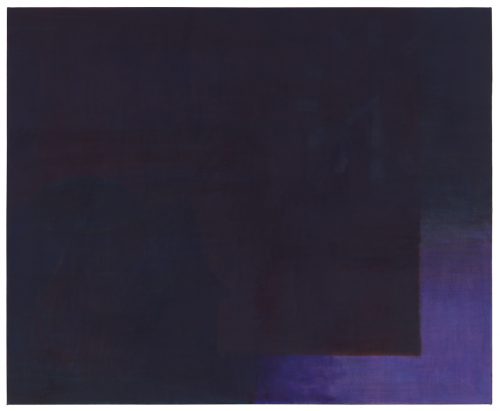
Zhou Siwei, TIME (7:30 PM), 2016
Oil on canvas
130 x 160 cm作品信息Information -
-Drinking-Cup-Golden-500x635.jpg)
Zhou Siwei, Drinking Cup (Golden), 2016
Oil on canvas
140 x 110 cm作品信息Information -
150x200cm-oil-color-on-canvas-2016_s-500x380.jpg)
Zhou Siwei, Cloud (Dead Spots), 2016
Oil on canvas
150 x 200 cm作品信息Information -
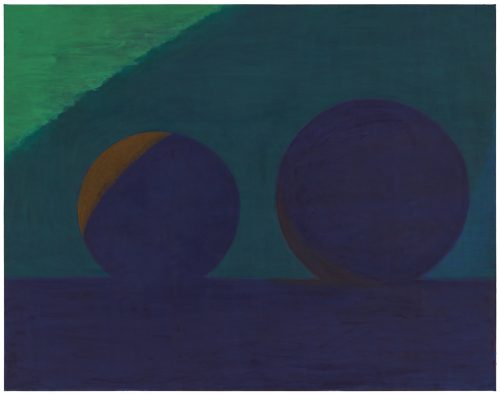
Zhou Siwei, Sun Rise Sun Set, 2015
Oil on canvas
110 x 140 cm作品信息Information -
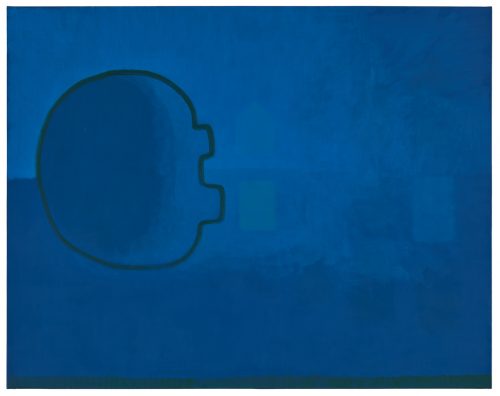
Zhou Siwei, Fence (Sunset_Blue), 2015 – 2016
Oil on canvas
110 x 140 cm作品信息Information -
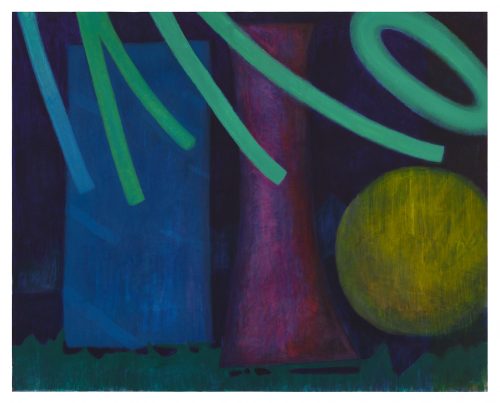
Zhou Siwei, Group Photo, 2015 – 2016
Oil on canvas
200 x 250 cm作品信息Information -
-Vase-Xi-Shuang-Ban-Na-500x633.jpg)
Zhou Siwei, Vase (Xi Shuang Ban Na), 2016
Oil on canvas
140 x 110 cm作品信息Information -

Zhou Siwei, Lucky (Upside Down), 2016
Oil on canvas
80 x 70 cm作品信息Information -
Entrance-Hall-Malevich-500x660.jpg)
Zhou Siwei, Entrance Hall (Malevich), 2016
Oil on canvas
200 x 150 cm作品信息Information -
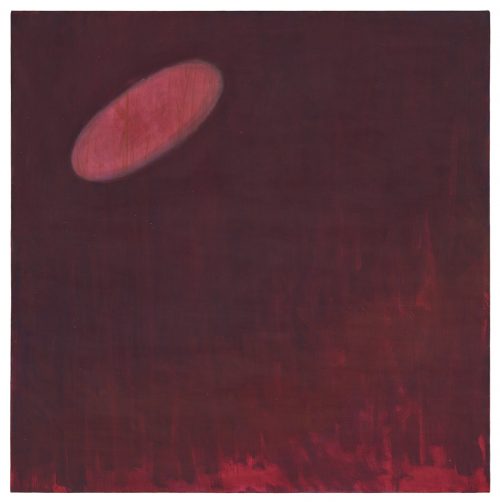
Zhou Siwei, Grape 02, 2015
Oil on canvas
80 x 80 cm作品信息Information -
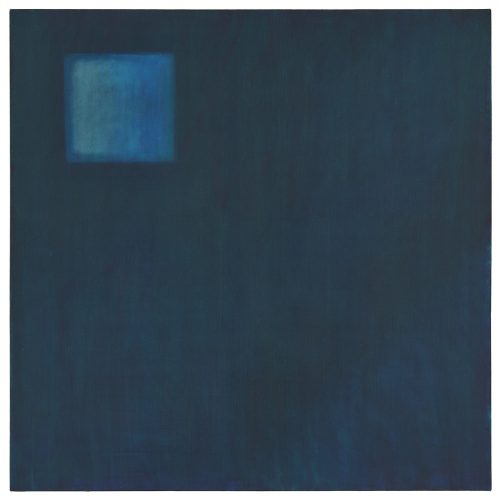
Zhou Siwei, Grape 01, 2015
Oil on canvas
80 x 80 cm作品信息Information -
GrapesBackground-500x411.jpg)
Zhou Siwei, Grapes (Background),2016
Oil on canvas
130 x 160 cm作品信息Information -

Zhou Siwei, Seagull (with Restoration) , 2012
Oil on canvas
100 x 150 cm作品信息Information -
Teacup-Father-500x571.jpg)
Zhou Siwei, Teacup (Father), 2016
Oil on canvas
80 x 70 cm作品信息Information
